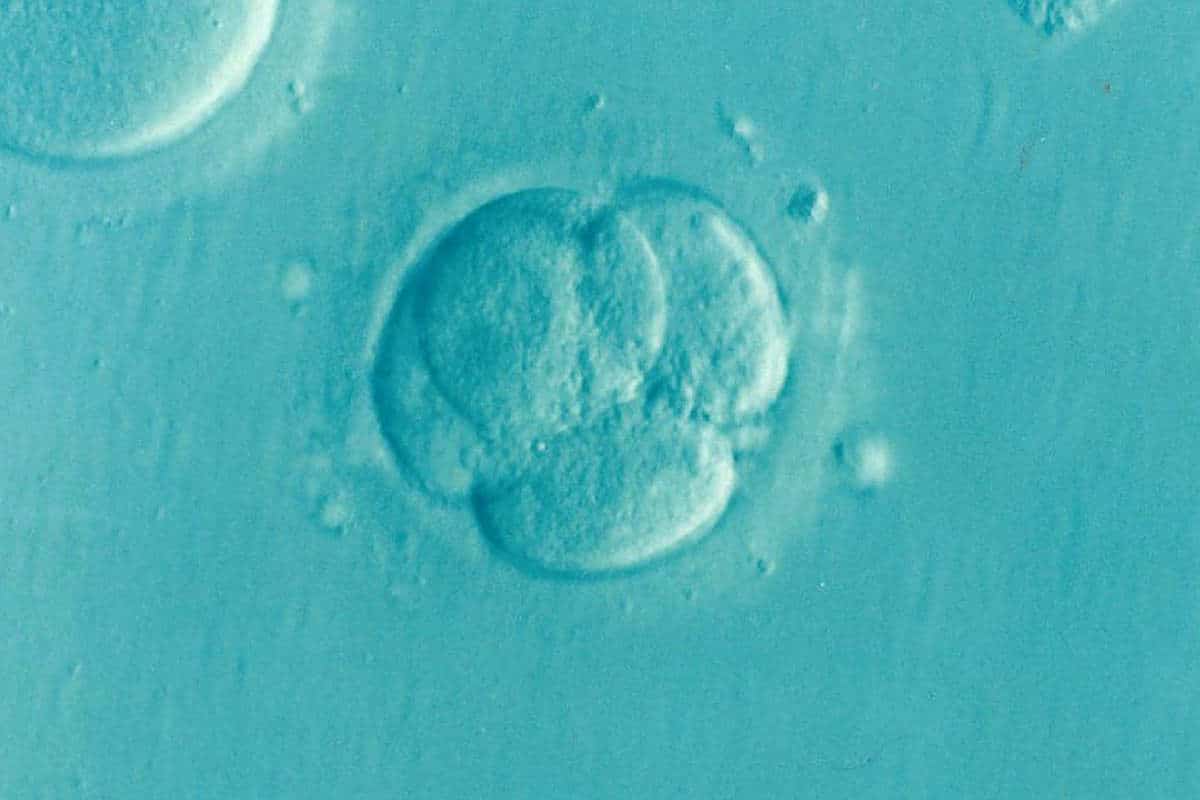
For the first time, thanks to an anonymous donor, the embryonic development that takes place between days 14 and 21 has been mapped.
Scientists, meanwhile, have a pretty good idea of what happens in later stages during pregnancy. These are the phases in which the baby grows and organs form. However, we still know little about gastrulation; a stage at the beginning of embryonic development shortly after an embryo has implanted itself in the womb. But a unique gift from an anonymous donor is now changing that.
Gastrulation is a stage at the beginning of the embryonic development of most animals. This stage occurs between day 14 and 21 after conception. At this stage, a single-layered embryo is transformed into a multi-layered structure called the gastrula. In addition, the three main cell layers are now being formed that will later form the tissues, organs and systems of the human body.
Currently, the rule is that researchers should not grow human embryos in the lab for more than two weeks. After this point, embryos must be destroyed. However, this ’14 day rule’ prevents research into a very important period, gastrulation, which starts just 14 days after fertilization. This means that it is not yet possible to study this crucial stage in cultured human embryos. Therefore, our knowledge of gastrulation is largely based on animal studies.
Unique gift
However, a unique gift from an anonymous donor now gives us a special insight into this crucial, but still mysterious phase in embryonic development. The donor gave the researchers permission to study the embryonic material resulting from the termination of her pregnancy. The specimen was estimated to be about 16 to 19 days old. Such samples from such an early stage of pregnancy are extremely rare. “A lot of people wouldn’t even know they’re pregnant,” said researcher Richard Tyser.
Analysis
The gift has allowed scientists to shed light for the first time on the gastrulation stage that has never been fully mapped in humans. “It is the first time that an embryo at this stage of development has been studied in such detail with modern technology,” said Tyser. Using ingenious instruments, the researchers were able to closely examine the individual cells of the embryo. The team discovered eleven different cell types. While most of these cells were still immature, they discovered the presence of both blood cells and the precursors of sex cells. The researchers found no neural cells or other cell types associated with the nervous system in the embryo.

The studied embryo. Left: the schematic version. Right: The 16-19 day old embryo. Image: Oxford University
The analysis of the unique samples is helping scientists fill the gap in our understanding of early human embryogenesis. “The new sample is the bridge connecting the very early stage of development with the later stages where organs begin to form,” explains Tyser. “This link in humans used to be a black box, so we had to rely on other model organisms such as the mouse. It is reassuring that we have now been able to demonstrate that the mouse models well at the molecular level how a human being develops. Such models have already provided valuable insights. But now this research can be further enriched because we can shed light into that black box and better see how it works in humans.”
The researchers state that the findings from the study, published in the journal Nature, also contribute significantly to the ongoing debate in the scientific community about the reconsideration of the 14-day rule. Halfway through this year, it was announced that a relaxation of this rule may be coming, subject to strict conditions. The guidelines will be revised in 2026.
Source material:
“Oxford-led research maps milestone stage of human development for the first time“-Oxford University
Image at the top of this article: Elena Έλενα Kontogianni Κοντογιάννη via Pixabay